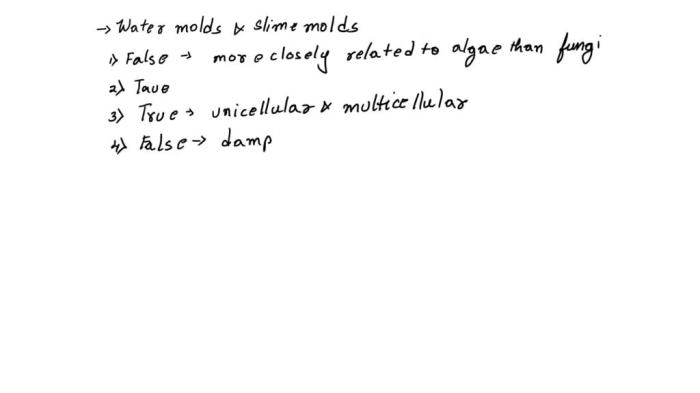In this exploration of human evolution, we embark on a journey to identify the statements that correctly describe Australopithecus platyops. This enigmatic hominin holds a pivotal place in our understanding of the origins of our species. Through an in-depth examination of its physical characteristics, diet, habitat, and evolutionary significance, we unravel the mysteries surrounding this ancient ancestor.
Define Australopithecus platyops: Identify The Statements That Correctly Describe Australopithecus Platyops.

Australopithecus platyops, also known as the “flat-faced australopithecine”, is an extinct hominin species that lived in Africa during the Late Miocene and Early Pliocene epochs, approximately 3.5 to 2.5 million years ago.
Significance of Australopithecus platyops in human evolution

Australopithecus platyops is significant in human evolution as it represents an important transitional species between earlier australopithecines and the later genus Homo. It possessed a combination of primitive and advanced features, providing insights into the evolutionary origins of our own species.
Physical characteristics of Australopithecus platyops, Identify the statements that correctly describe australopithecus platyops.
Australopithecus platyops was characterized by a number of physical features, including:
- Flattened face with a wide, parabolic dental arcade
- Small braincase, approximately 450-500 cubic centimeters in volume
- Prognathic jaw with large, robust teeth
- Relatively short stature, standing at around 1.2-1.4 meters tall
- Bipedal locomotion, although with a more arboreal adaptation than later hominins
Diet and Habitat
Diet of Australopithecus platyops
Australopithecus platyops is believed to have been an omnivore, with a diet consisting of a wide range of plant and animal matter. Isotopic analysis of its teeth suggests a heavy reliance on C4 plants, such as grasses and sedges, as well as consumption of fruits, leaves, and insects.
Habitat and geographical distribution of Australopithecus platyops
Australopithecus platyops is known from fossil sites in eastern and southern Africa, including Kenya, Ethiopia, and Tanzania. It is believed to have inhabited a variety of habitats, including open grasslands, woodlands, and forests.
Behavior and Social Structure
Social behavior and interactions of Australopithecus platyops
Little is known about the social behavior of Australopithecus platyops, but it is likely that it lived in small, family-based groups. Evidence from fossil sites suggests that they may have been cooperative and social animals, with individuals engaging in grooming, food sharing, and childcare.
Evidence for tool use and cultural practices in Australopithecus platyops
There is limited evidence for tool use and cultural practices in Australopithecus platyops. Some researchers have suggested that they may have used simple stone tools for tasks such as cutting and scraping, but this is still a matter of debate.
Evolutionary Significance
Evolutionary relationships between Australopithecus platyops and other hominins
Australopithecus platyops is believed to be closely related to other australopithecine species, such as Australopithecus anamensis and Australopithecus afarensis. It may have been an ancestor of the genus Homo, as it shares a number of derived features with early Homo species, such as Homo habilis and Homo erectus.
Role of Australopithecus platyops in the development of bipedalism and brain size
Australopithecus platyops played a crucial role in the development of bipedalism and brain size in hominins. It is one of the earliest hominin species to exhibit fully bipedal locomotion, freeing up the hands for other tasks and allowing for increased brain development.
Its relatively small brain size compared to later hominins suggests a gradual increase in brain size over time.
Discoveries and Research
Timeline of key discoveries and research related to Australopithecus platyops
- 1948: First fossil discovery by Louis Leakey in Kenya
- 1970s: Extensive research by Donald Johanson and Tim White in Ethiopia
- 1990s: Discovery of new fossil material in Tanzania
- 2000s: Ongoing research and analysis of fossil evidence
Challenges and controversies surrounding the study of Australopithecus platyops
The study of Australopithecus platyops has been marked by challenges and controversies. One challenge lies in the fragmentary nature of the fossil record, which makes it difficult to reconstruct a complete picture of its anatomy and behavior. Additionally, there is ongoing debate regarding its exact taxonomic classification and its relationship to other hominin species.
Questions Often Asked
What is the significance of Australopithecus platyops in human evolution?
Australopithecus platyops is a crucial link in the evolutionary chain between earlier hominins and the genus Homo. Its unique combination of primitive and advanced features provides valuable insights into the transitional stages of human evolution.
How did the diet of Australopithecus platyops differ from that of other hominins?
Australopithecus platyops had a specialized diet that included both hard and soft foods, such as fruits, leaves, seeds, and possibly small animals. This dietary versatility allowed it to adapt to a wide range of habitats.
What evidence suggests that Australopithecus platyops used tools?
While direct evidence of tool use by Australopithecus platyops is limited, the presence of cut marks on animal bones and the discovery of stone tools in association with its fossils suggest that it may have engaged in basic tool-making and utilization.
